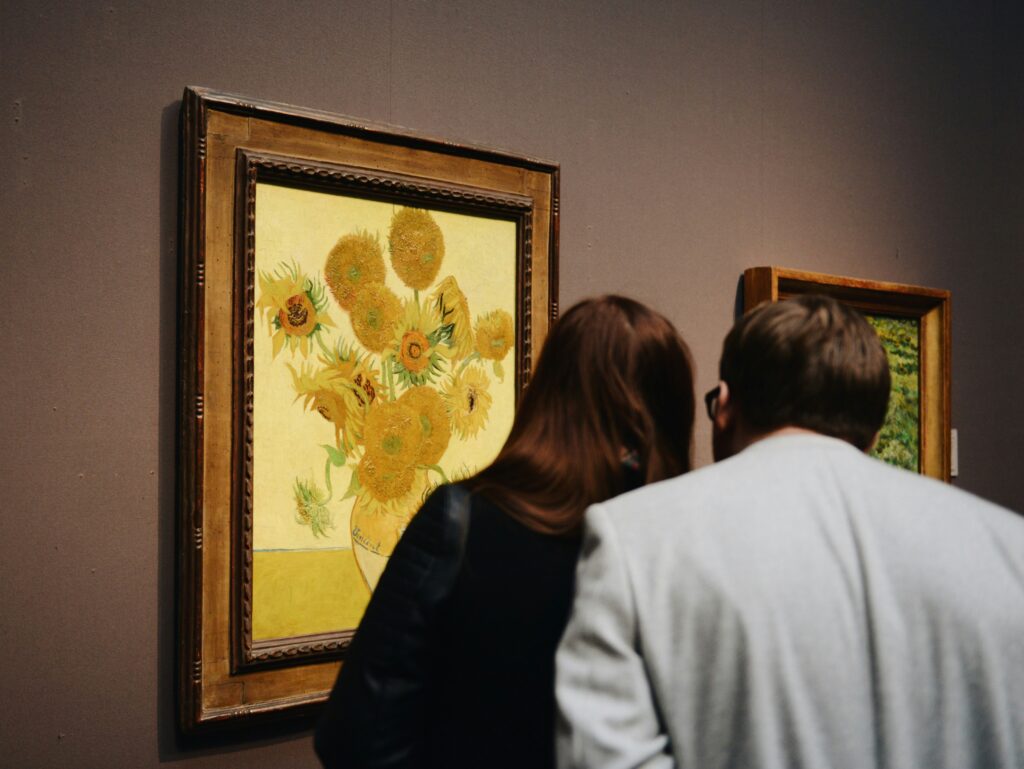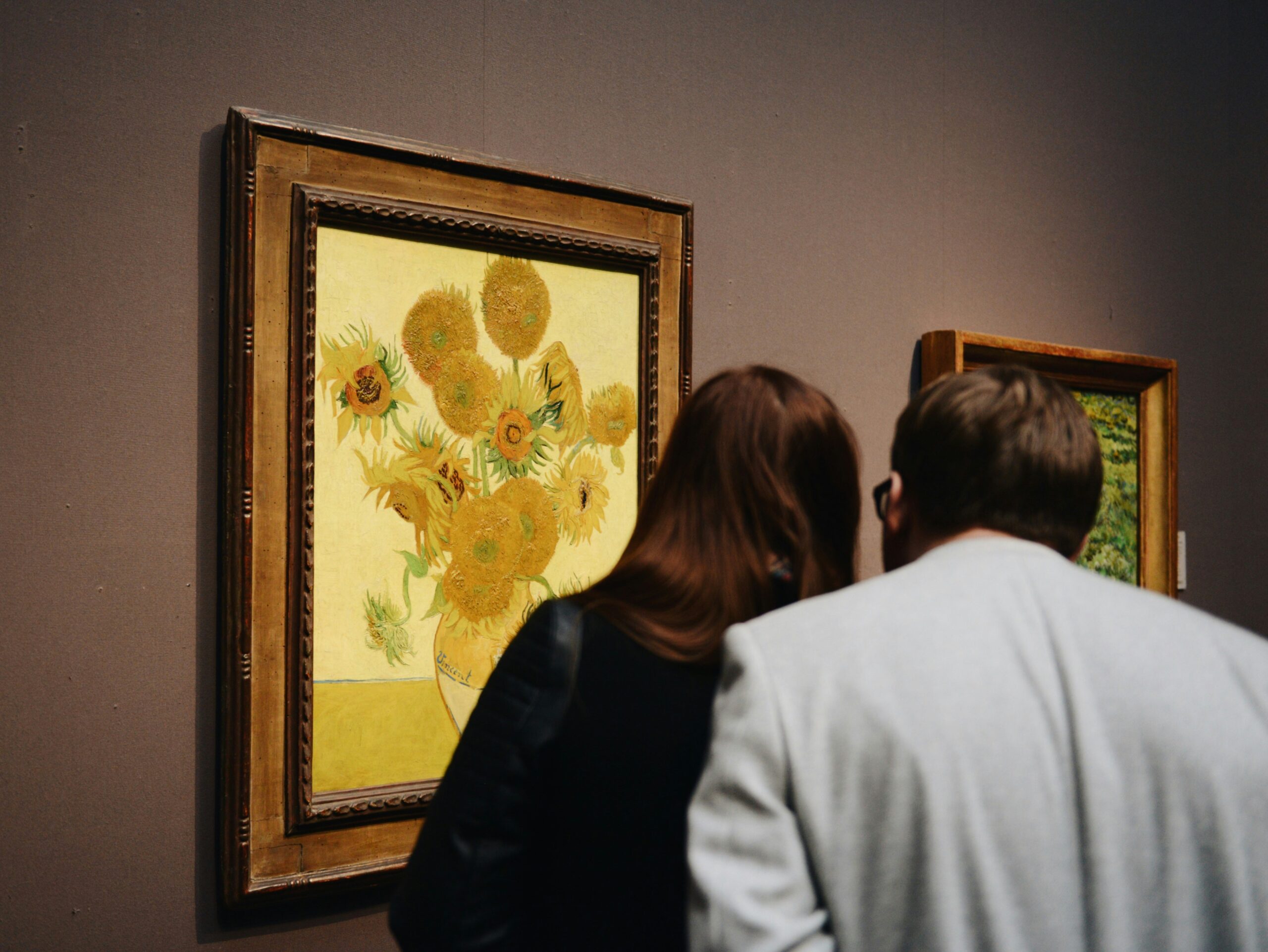Drs. John and Julie Gottman, pioneers of couples therapy for the past many decades utilize the metaphor of The Four Horsemen to discuss 4 communication patterns that couples often get stuck in, and that can predict the end of a relationship. They are: criticism, contempt, defensiveness, and stonewalling. These conflict-inducing patterns can pose a serious threat to any relationship. Now, delving into these 4 areas would be a whole other blog post, and since this one is all about how to use Observation as a communication tool, I’m going to focus there. So yes, guess what the primary antidote for Four Horsemen is?!
In an article on The Gottman Institute blog Dr. Ellie Lisitsa says, “Being able to identify the Four Horsemen in your conflict discussions is a necessary first step to eliminating them.”
So yes, the first step in communicating better is to be able to notice things, both in yourself and whoever you are speaking to, for example your spouse. The first step to managing conflict and communicating with more ease is to identify what’s going on. To observe. To concentrate. To become aware. That is the first tool you need to improve communication in any circumstance or context- marriage, school, work, you name it.

Photo by Falco Negenman on Unsplash
There’s a reason why renowned meditation teacher Sharon Salzberg’s Real Happiness Challenge begins with Concentration practice. Concentration being the act of steady attention without distraction (ie. judgment, evaluation, questioning, etc). She teaches us over and over again that practicing concentration and making judgement-free observations is quite simple, yet not necessarily easy, as distractions can come from many directions, both internal and external.
Think of Concentration practice as a exercise for your brain, an enormously complicated and powerful organ.
Internal distractions can often come in the form of criticism and rumination. Are you habitually critical of others (You’re so selfish. You never think of others! You never think of me!), or of yourself (I have nothing to wear, I look terrible in all these options!)? Or do you ruminate about past injustices (I can’t believe he said that to me!) or awkward encounters (Why did I say that, ugh I am so stupid!)? These internal distractions are often stealthy ways to keep you from feeling something that is uncomfortable. And when we lead conversations from these places, it can lead us into hurtful and even hostile interactions. Overtime creating painful patterns in our most precious relationships.
The work of Marshall B. Rosenberg, author of Nonviolent Communication: A Language of Life has provided a clear path to expressing ourselves and hearing each other without resorting to these automatic thoughts, and instead building the skills required to talk and listen from a conscious, connected place. Keeping those Four Horseman at bay!
How do we do this? In his book, in the very first chapter, he provides the key:
“NVC (Non-Violent Communication) trains us to observe carefully, and to be able to specify behaviors and conditions that are affecting us. We learn to identify and clearly articulate what we are concretely wanting in any given situation. The form is simple, yet powerfully transformative.”
So yes, just as the Gottman’s suggest in couples therapy, the first component of NVC is observation. Much like Sharon Salzberg who discusses the various distractions from concentration, Rosenberg teaches that we must start each interaction by observing what has actually happened. And to make this type of notation as objectively as possible, Salzberg often refers to this technique as mental noting. Rosenberg calls this the act articulating without introducing any judgment or evaluation.
Here’s an example of what it can look like to go from an evaluative thought to an observation:
- Evaluation: You never do what I want! You are so selfish.
- Observation: The last three times I initiated an activity, you said you didn’t want to do it.
Or:
- Evaluation: She is so much better at this than me. I can’t do it, I’m just going to mess it all up.
- Observation: I am feeling insecure right now.
Ready to practice? You can start from the bottom up, or top down.
Bottom up could be starting a mindfulness practice. You can use the many free, online resources available through a variety of teachers: Sharon Salzberg, Jon Kabat-Zinn, Tara Brach, among others. You can listen to free meditations on Insight Timer. You can attend yoga, meditation or breathwork classes. You can take a painting or drawing class. All these activities are ways to help build the muscle of concentration and focused attention. Just as you’d build any other skill or muscle in your body. Then, you’ll notice that you are ready to apply this new skill to communicating. It is transferable!
To enter this material from top down would be to read more about it and educate yourself. If you want to understand it from an intellectual place, you could read any number of books, such as the one I’ve named in this blog, Nonviolent Communication: A Language of Life, or Sharon Salzberg’s Real Happiness provides a 28-day framework and explanation. Another prolific author on the topic is Dr. Daniel Siegel. His book Aware: The Science and Practice of Presence gives the scientific basis for developing the mind in this way.
Of course another way to learn and practice in real time is with a trusted therapist. You can let your therapist know that you are looking to practice the art of observing your own automatic responses and any therapist worth their salt should be able to support this very important and worthy goal!
Leanna Immel, LMFT, blends somatic and relationally-oriented therapies into her practice. Welcoming adults, teens and couples of all identities who are ready and eager to break cycles and start their therapeutic journey. If you’re ready to dive into the choppy waters of therapy, and find some relief, reach out today.

View comments
+ Leave a comment